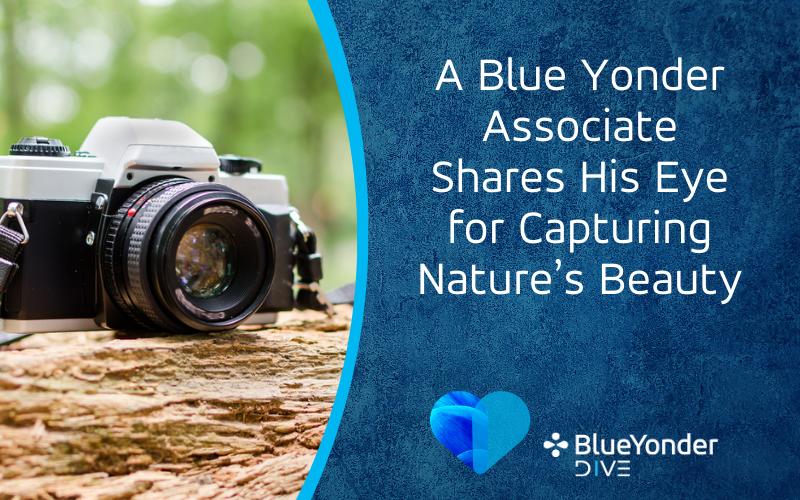A Blue Yonder Associate Shares His Eye for Capturing Nature’s Beauty
Rahul Bhandari is a Senior Practice Director based in India. He shares his love for nature photography regularly with Blue Yonder associates. In honor of Nature Photography Day, which celebrates nature and the art of photography, we asked him to share his love with our readers.
The world celebrates June 15th as Nature Photography Day. It is a confluence of two things, “Nature” and “Photography,” which I would repose into any given day. Being absorbed into nature makes me feel complete and connected. Photography is my instrument to appreciate the beauty in small moments and to experience wonder in nature’s creations.
Nature has always something to offer to my camera lens whether I am in the hills, on a beach, trekking through a forest, or taking a nature walk in a nearby park. Flowers, butterflies, wildlife, birds, falls, rivers, oceans, sky, clouds, mountains, and so on; it is an unlimited treasure for a shutterbug.
To relish it, all one needs is a natural photographic instinct to spot the right moment in the right frame, good gear, and an understanding of photography fundamentals to create the right exposure in the frame.
As a matter of fact, there is great commonality between nature and photography. Just like nature, photography is all about creating a balance. A memorable photo frame is nothing but an outcome of striking a balance between the three key aspects of photography: aperture, shutter speed, and ISO speed.
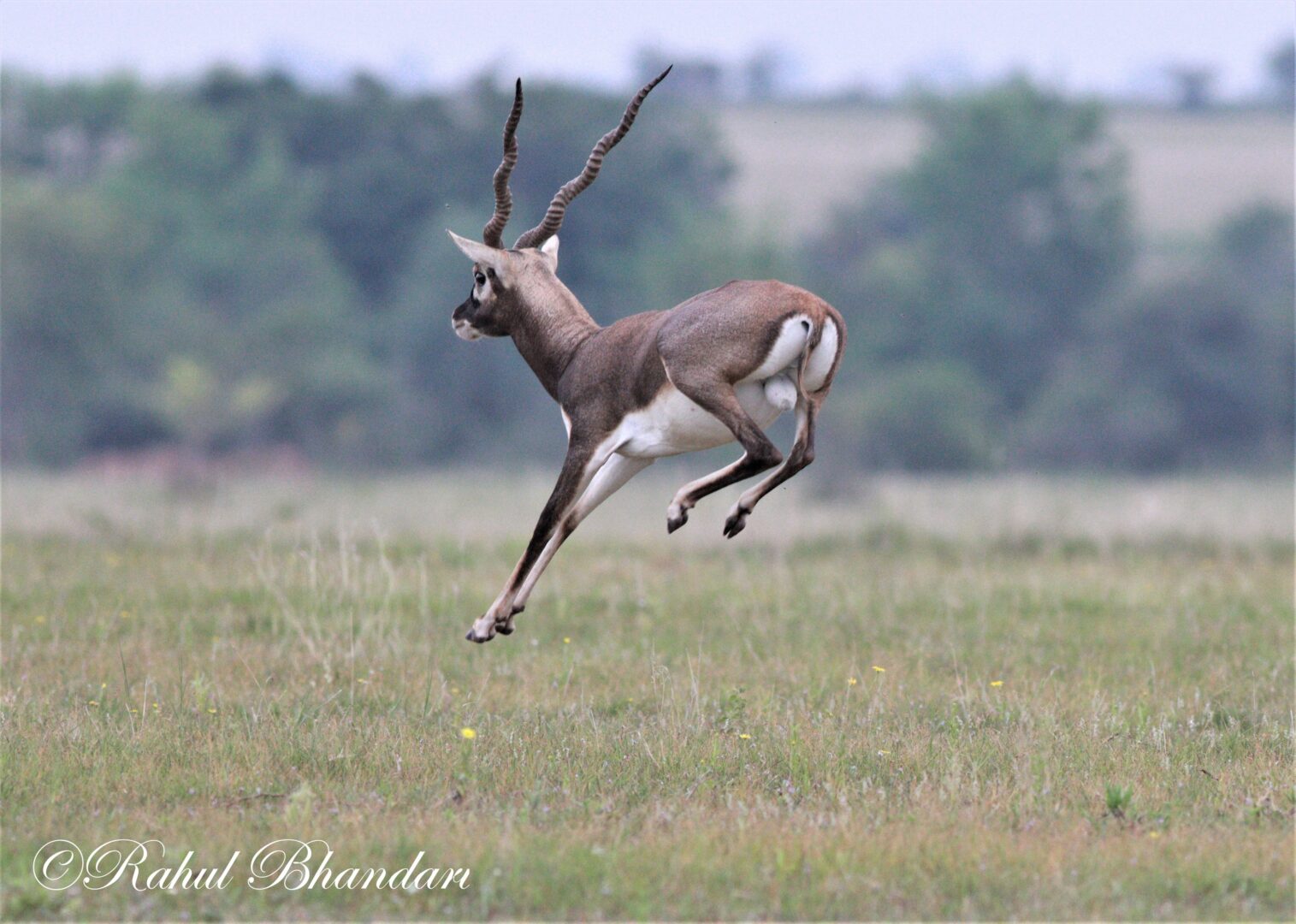
My heart galloped when this Blackbuck suddenly started stotting during my visit to Rollapadu wildlife sanctuary in Andhra Pradesh, India last year. I was ready for this shot, with my Canon M6 MII camera on 1/800 shutter speed in burst mode. Moments like this might not recur. It is all about anticipation, preparedness, capturing the moment, and creating a keeper for life.
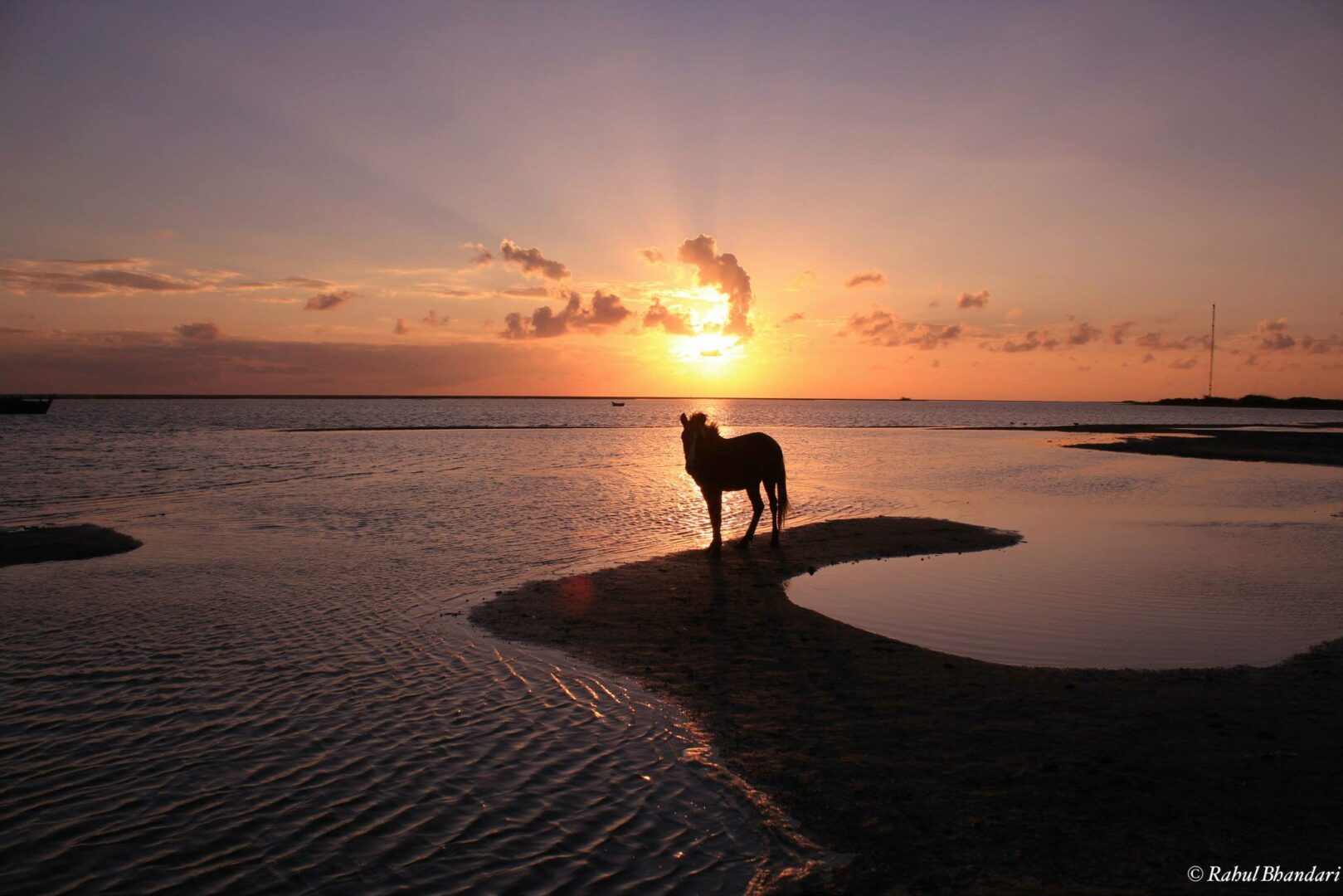
Sunrises and sunsets have always enchanted me. I used to hike up a hillock during my school days to capture the amberish exquisiteness of the horizon through a 36mm reel Kodak camera. A couple of decades since then, I captured this solitary equine shot with my Canon 600D at Dhanushkodi beach in Tamil Nadu, India, in the backdrop of a marvellous radiating out sunrise. I could not be less grateful to nature to bestow such wonderful moments.
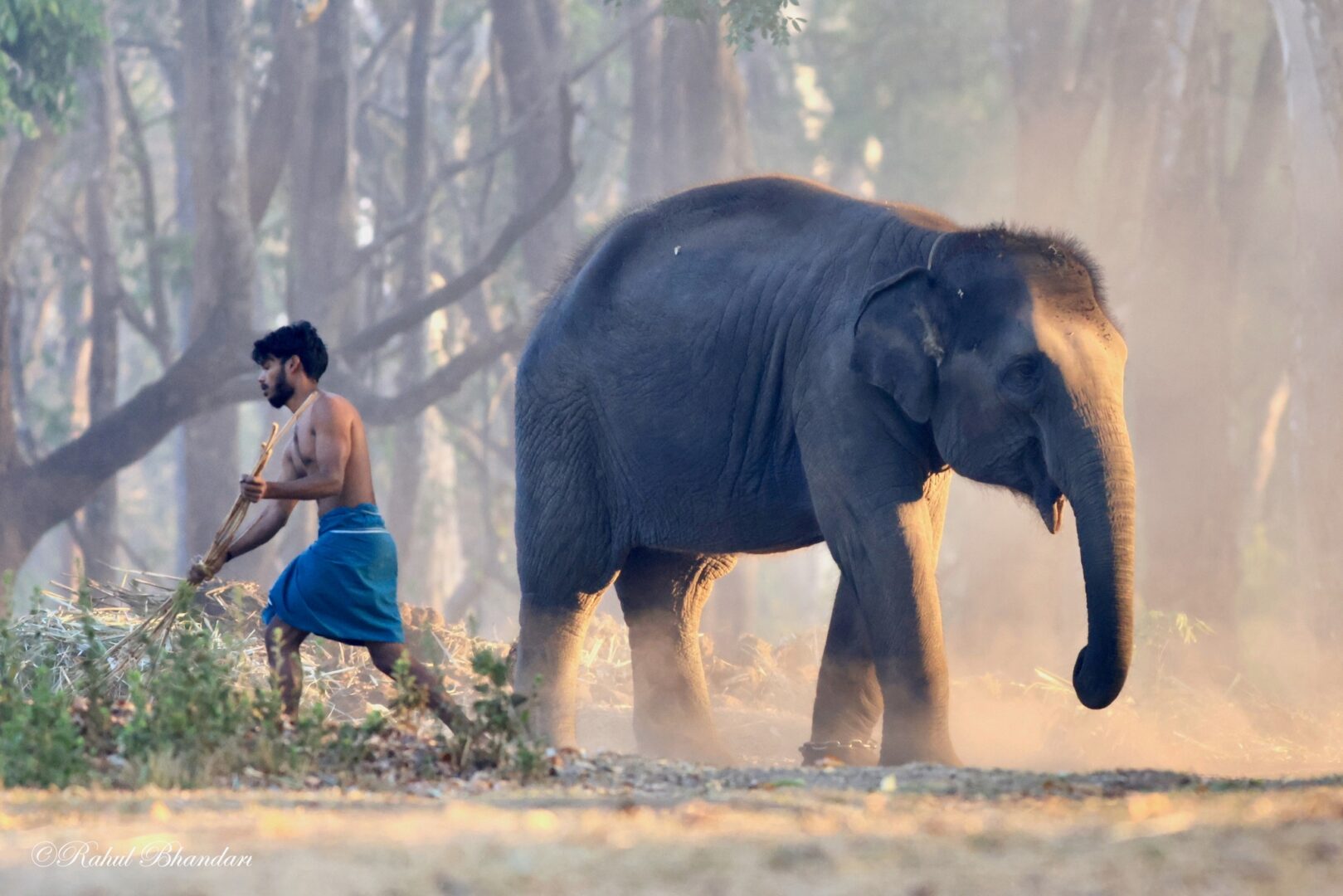
While bidding good morning to nature in Muthanga Wildlife Sanctuary in Wayanad, India, in March this year, I was able to capture this nice composition of the daily chores between the Pachyderm and its human companion. Floating dust in the golden hue of the morning sunlight created a unique backdrop for this picture and made it one of my favourite keepers.
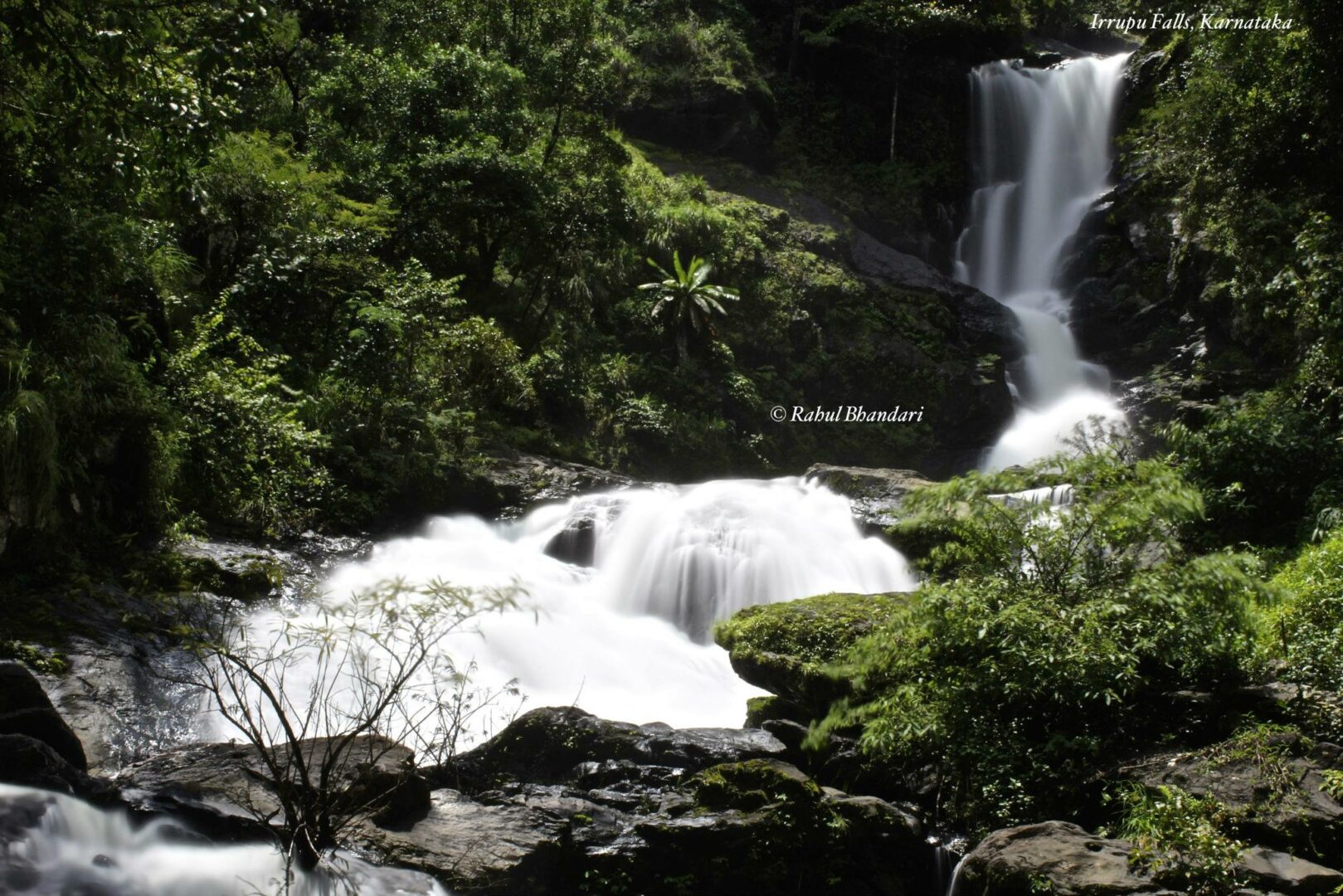
Waterfalls have a rhythm. To capture it in a photograph is a welcome challenge. This photograph of Irruppu Waterfalls in Kodaku in Karnataka, India depicting the milky flow of water through lush green vegetation is a nice treat to the eyes. ND400 filter and a sturdy tripod helped me increase exposure time to 30 seconds in this shot to create the milky effect of water flow.
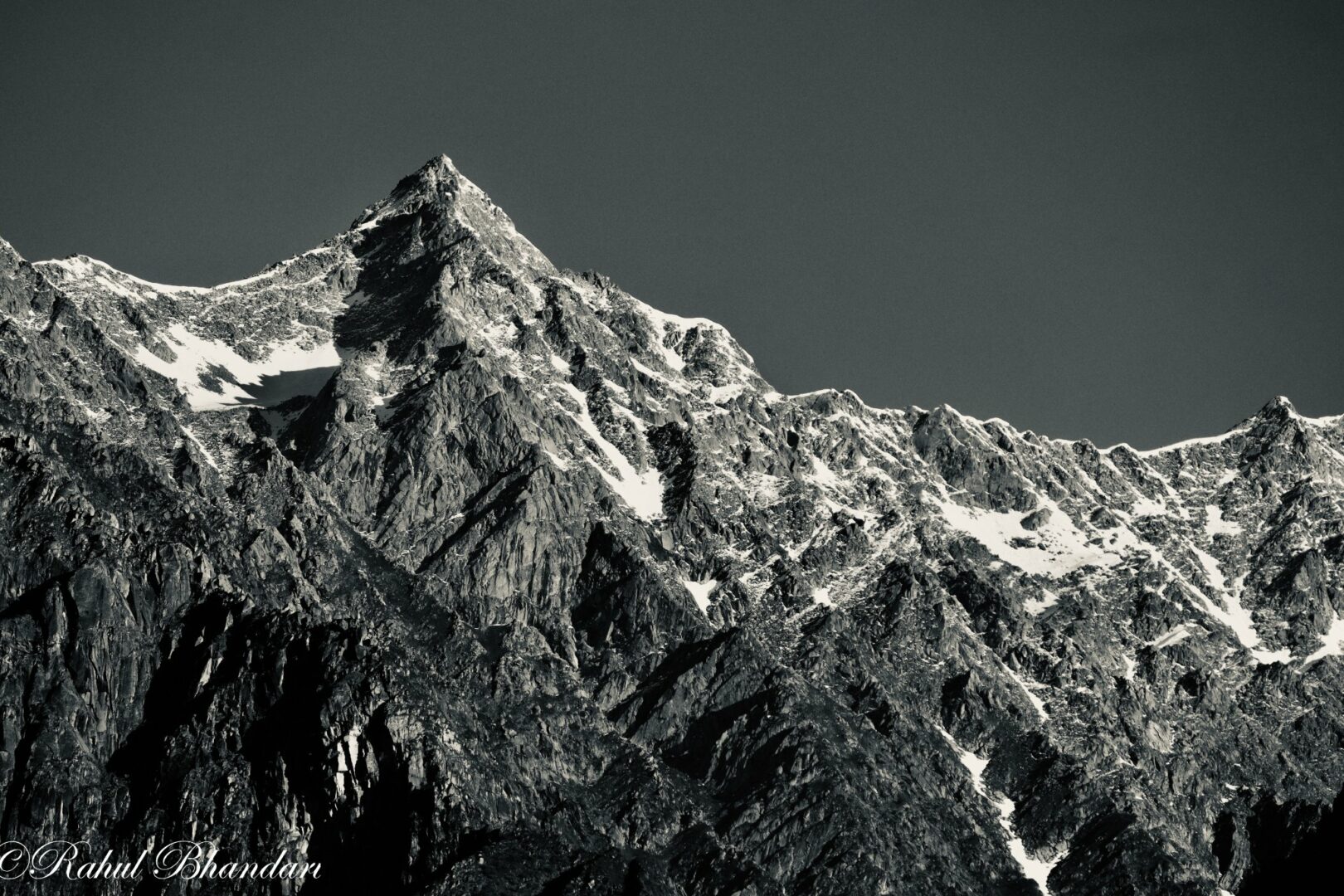
Nature photographs are always appealing when filled with contrasting colours. But this minimalistic black and white shot of a mountain peak in Manali, Himachal Pradesh in India, sets in my heart a feeling of tranquillity and solidarity straight away from the characteristics of nature. A circular polarizer filter can help in accentuating details and sharpness and reducing the glare in the images during a very bright sunny day.
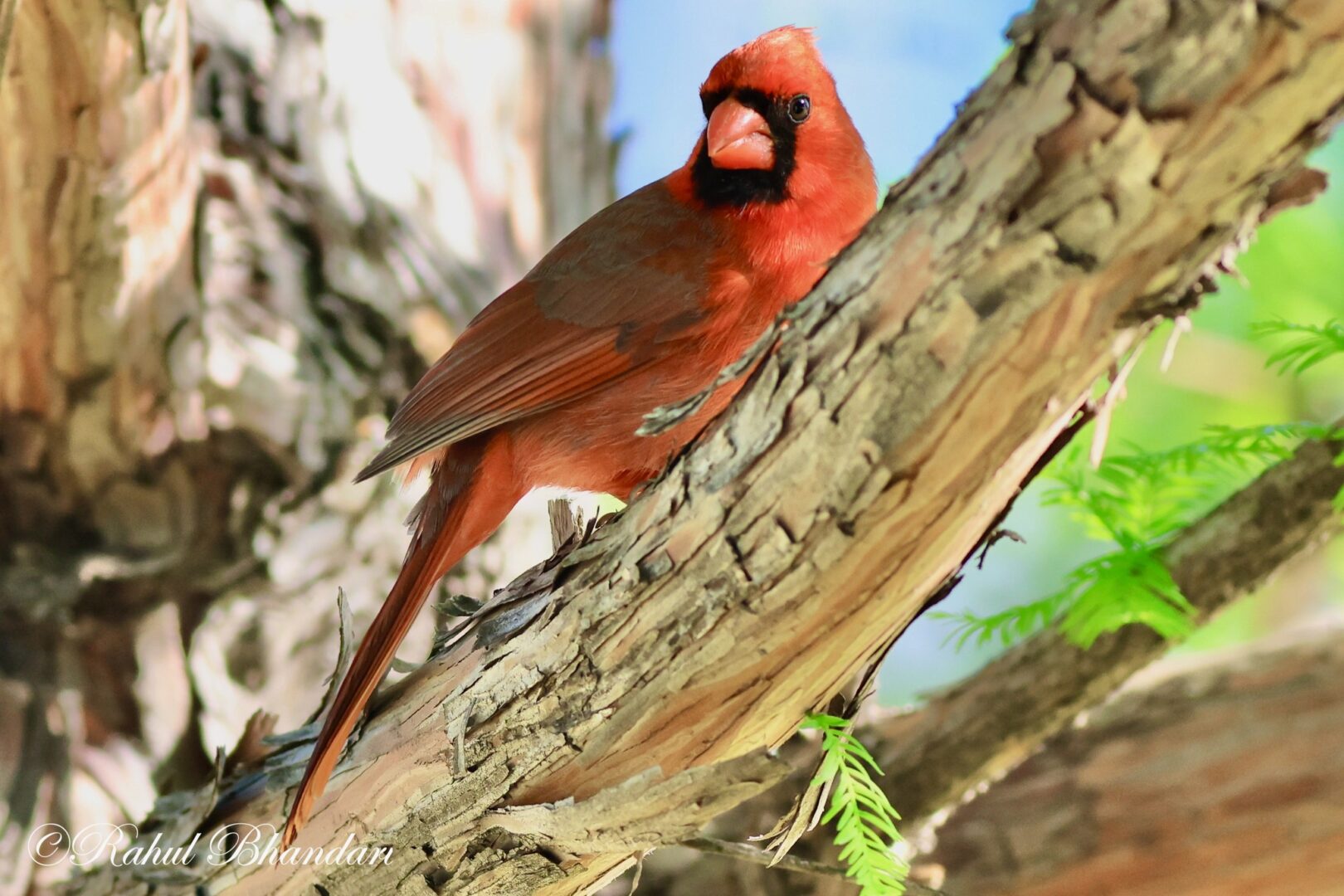
I have a strong passion for bird photograghy. I can spend hours sighting and shooting birds with my Canon R5 mirrorless camera and 400mm prime lens. Bird photography is like meditation for me. It synchronizes my faculties, heart and limbs to get the best possible shot. I feel like I am in unison with nature. Bird photograghy is a very specialized branch of photography. Capturing shots of birds in flight is even more exciting. Because birds move very swiftly, typically high shutter speeds in excess of 1/2000 second, servo auto-focus, animal eye-detection and burst modes are used in bird photography. Besides, a bird photographer needs to be patient, considerate and non-invasive to birds habitats and have a peaceful heart filled with love for them. Better light condition and shortest possible distance from the birds helps in getting real nice shots. Bird photographers wear camouflage clothes to minimize the distance between the camera and the bird, without causing any disturbance to I them. This shot of a Northern Cardinal was taken during my recent visit to Dallas. I am also sharing a video collage of bird photographs I took in the last couple of years.
Nature photography can help keep one’s connection with nature during today’s modern, hectic fast-paced life. Anybody who wants to start into nature photography can start with a basic DSLR or mirrorless camera, and build a collection of lenses over time, depending upon the interest, e.g., landscapes, macro, wildlife, or bird photography. Wildlife and bird photographers also require physical and mental toughness to explore wild and unexplored regions.
I hope readers interested in capturing natural moments through their camera, find this blog interesting and informative. I encourage you to find something you are passionate about and DIVE In – it does wonders for your well-being!

